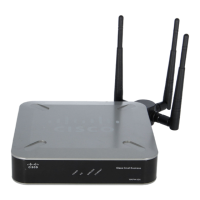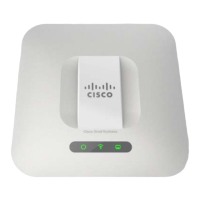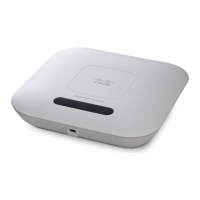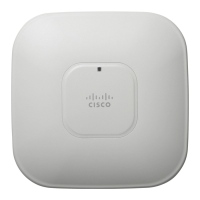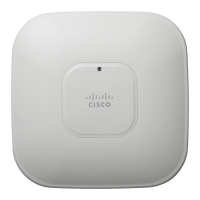5
Cisco AP541N Dual-band Single-radio Access Point Quick Start Guide 97
SNMP
Configuring SNMP on the Access Point
Simple Network Management Protocol (SNMP) defines a standard for recording,
storing, and sharing information about network devices. SNMP facilitates network
management, troubleshooting, and maintenance. The access point supports
SNMP versions 1, 2, and 3. Unless specifically noted, all configuration parameters
on this page apply to SNMPv1 and SNMPv2c only.
Key components of any SNMP-managed network are managed devices, SNMP
agents, and a management system. The agents store data about their devices in
Management Information Bases (MIBs) and return this data to the SNMP manager
when requested. Managed devices can be network nodes such as access points,
routers, switches, bridges, hubs, servers, or printers.
The access point can function as an SNMP managed device for seamless
integration into network management systems such as HP OpenView.
From the SNMP page, you can start or stop control of SNMP agents, configure
community passwords, access MIBs, and configure SNMP Trap destinations.
From the pages under the SNMP heading, you can manage SNMPv3 users and
their security levels and define access control to the SNMP MIBs. For information
about how to configure SNMPv3 views, groups, users, and targets, see
Configuring SNMP Views, page 101.
To configure SNMP, click the General tab under the SNMP heading and update the
fields described in Table 25 on page 98.
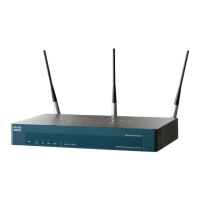
